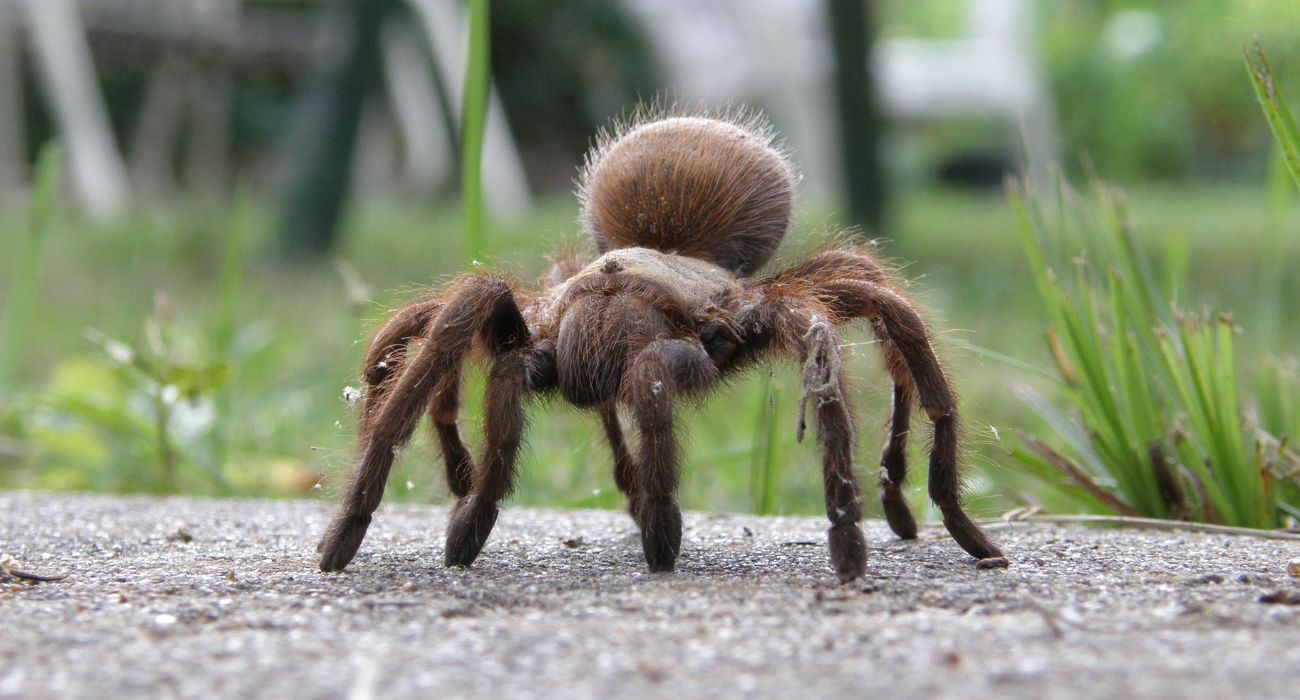The annual migration of tarantulas in Texas is now underway. These creatures typically emerge to begin their mating patterns for a few weeks during the summer months.
“One of the most spectacular spider events in Texas occurs for a few weeks each summer when male tarantulas actively wander apparently seeking females,” reads the Texas A&M Field Guide to Common Insects. “This phenomenon is not well understood and may be related to migration more than mating.”
The National Park Service reports that these large arachnids are common across the state of Texas, with 14 different species known to live in the state. Texas-native species of spiders typically remain in burrows and can be found in grasslands or other open areas.
These creatures also shelter in other spaces, such as under logs, stones, trees, and other natural areas.
Texas A&M’s Field Guide to Common Insects states that these spiders are the heaviest in the state and have a body length of about 1 and a half inches.
The guide also reports that female tarantulas typically live longer than males. Females have been known to live over 25 years in captivity, whereas males usually die within two to three months of reaching maturity.
Female tarantulas typically lay between 100 to 1,000 eggs. The eggs hatch within 45 to 60 days, and the spiderlings stay with the female for three to six days before leaving to find their own burrows.
However, as they begin their life cycle, many young spiderlings are killed by outside forces, such as predators or other spiders.
While the venom and bite of the spiders are not particularly dangerous to humans, the National Park Service reports that a bite from these creatures can be painful.
American tarantulas also possess a defense mechanism known as urticating hairs. When disturbed, the spiders “may rapidly brush the top of their abdomen with their hind legs,” dislodging these hairs, according to the Texas A&M field guide. The hairs can cause irritation when they come in contact with the eyes or skin.






